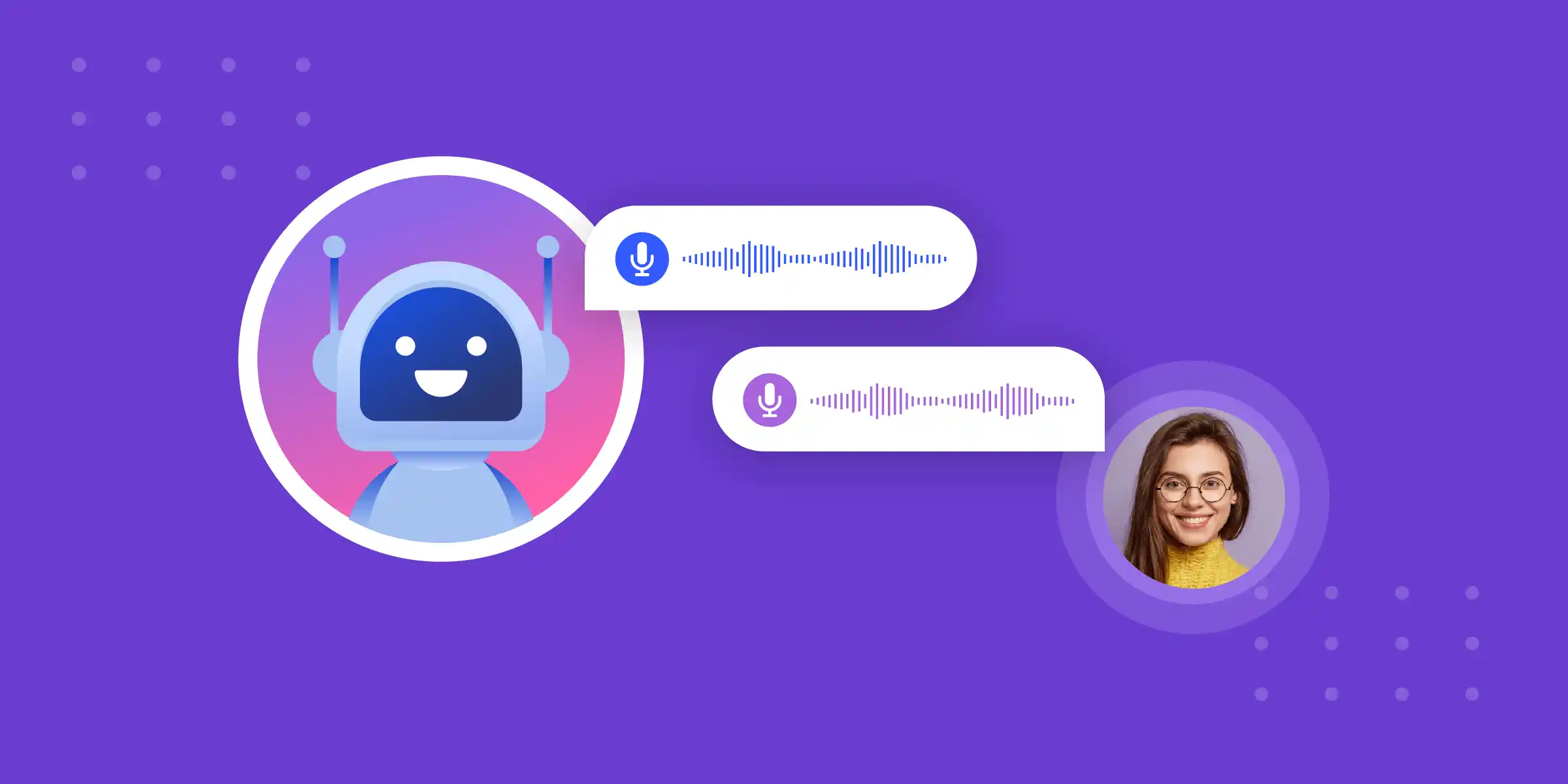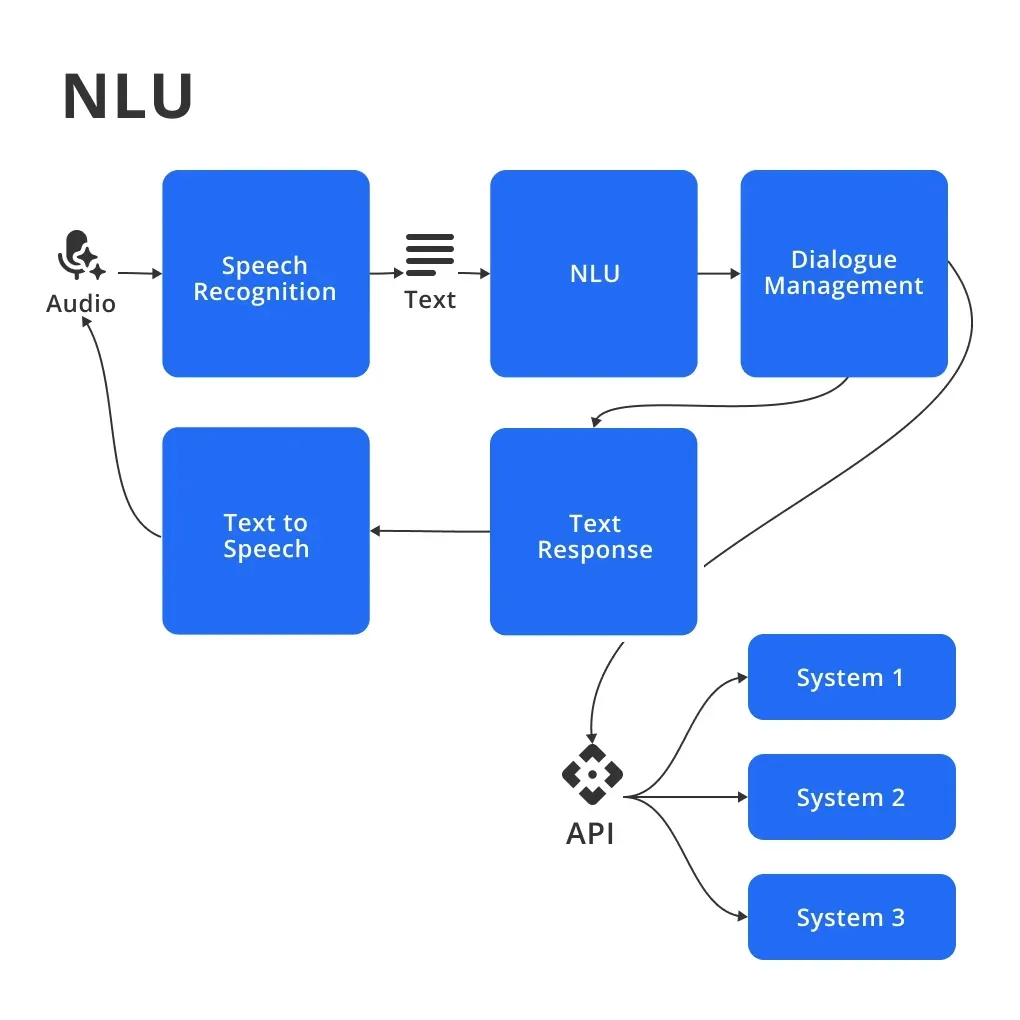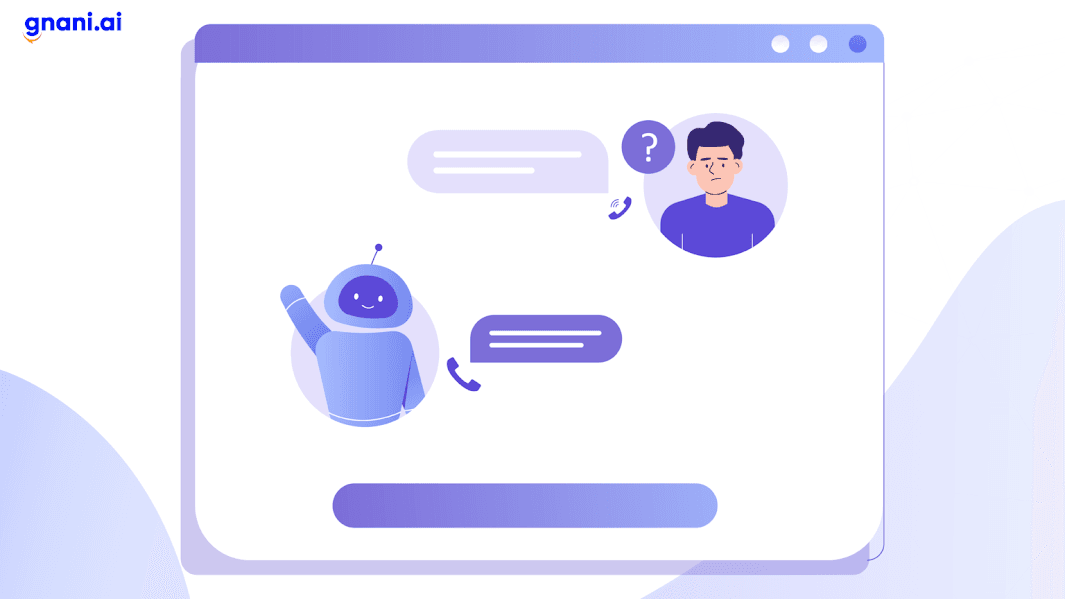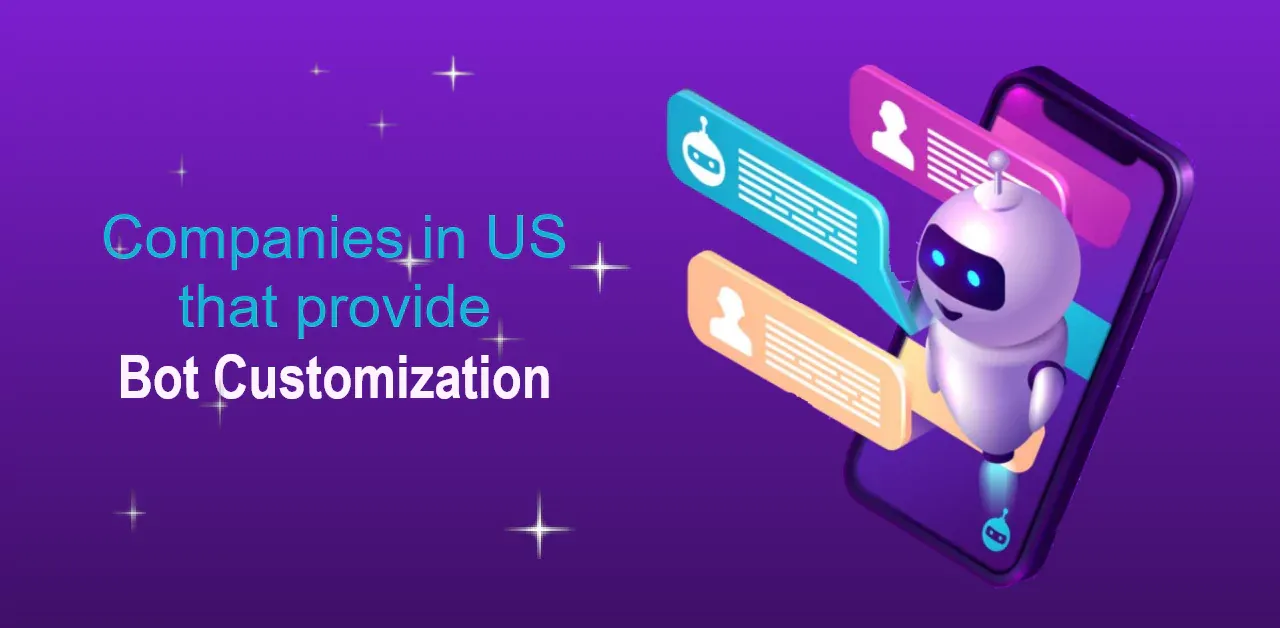Introduction
Voice-enabled assistants are revolutionizing how users interact with technology, offering a hands-free, convenient alternative to traditional typing or clicking.
This blog aims to provide you with strategic insights to build user-friendly voice experiences that resonate with your audience.
Understanding user needs is the first step towards creating an effective voice interface. It's crucial to identify when and why users would prefer voice interactions.
This could be when their hands or eyes are occupied, or when they need a quick answer to a question.
Once you've identified these needs, the next step is to design your voice assistant's conversation style. Crafting natural, human-like conversations can make the interaction more engaging and enjoyable for the user.
On the technical side, the blog delves into the workings of speech recognition, natural language processing, and text-to-speech technologies. These are the backbone of any voice assistant, enabling it to understand and respond to user commands.
The blog covers the important aspect of securely integrating voice assistants with existing systems. This ensures that user data remains protected while allowing for seamless interaction between the voice assistant and other digital platforms.
Read on to explore these concepts in more detail and learn how to build a voice assistant that truly stands out.
Voice-First UX and Voicebots

Voice-First UX refers to the design and development of user experiences that prioritize voice interactions as the primary mode of communication.
Instead of relying on traditional graphical user interfaces (GUI), Voice-First UX creates intuitive and conversational interactions through voice commands and responses.
Now let us start with the strategies for Voicebot Development service.
Designing a User-Friendly Voicebot Experience
To design a user-friendly voicebot experience, it's crucial to understand the needs and expectations of the users with voicebot development service.
For a user-friendly voicebot development, it's crucial to understand the needs and expectations of the users with voicebot development service.
Understanding User Needs and Expectations in Voice Interactions
Conducting user research and gathering feedback can help uncover insights into the specific tasks users want to accomplish through voice interactions.
By empathizing with their needs, we can tailor the voicebot experience to deliver relevant and valuable interactions.
Crafting Natural Language Conversations for Voicebots
It's important to use clear and concise language when designing voice interactions.
By avoiding complex sentences and unnecessary words, we can ensure that the voice prompts and responses are easy to understand and follow.
Clarity in language helps users quickly grasp the information and take appropriate actions.
Avoiding Jargon and Technical Terms
Avoiding jargon and technical terms that may confuse or alienate users is essential to creating an inclusive voicebot experience.
The voice prompts and responses should use simple words that are widely understood.
We can ensure a smooth and engaging conversation by speaking in a language that matches the users' knowledge and comfort level.
Using Conversational Starters and Prompts
It's helpful to use conversational starters and prompts to make voice interactions more natural and engaging.
These can include friendly greetings, acknowledgments, or even small talk.
By mirroring how humans initiate conversations, voicebots can establish rapport and create a more human-like experience.
Designing Intuitive Voice Menus and Navigational Cues
In voicebot design, creating intuitive voice menus and providing clear navigational cues is essential.
Voice menus should be organized logically, using simple and descriptive prompts to guide users through different options.
Additionally, providing clear instructions on how users can navigate through the voice menu and provide input ensures a smooth and frustration-free experience.
Building a Voicebot with a Strong Technical Foundation

Selecting the right speech recognition engine is crucial for building a high-performing voicebot.
Factors To Count
When considering different options, several factors should be taken into account:
Accuracy
The accuracy of the speech recognition engine determines how well it can convert spoken words into text.
A highly accurate engine ensures that user commands are correctly understood, minimizing errors and improving the overall user experience.
Latency
Latency refers to the time it takes for the engine to process speech and produce a response.
Low latency is essential for maintaining a seamless conversation with the user. Choosing an engine that can process speech quickly ensures minimal delays and a natural interaction flow.
Cost
The cost of the speech recognition engine should also be considered, as it can vary depending on factors such as usage volume and payment models.
Evaluating the cost and determining how it aligns with the project's budget is an important aspect of selecting the right engine.
Implementing Natural Language Understanding (NLU) for Voicebots

Natural Language Understanding (NLU) enables voicebots to comprehend user intents and extract relevant information.
When implementing NLU for voicebots, the following techniques can be utilized:
Intent Recognition and Entity Extraction Techniques
Intent recognition involves identifying the user's intention or purpose behind a spoken command.
Training the voicebot with a range of intents makes it capable of understanding and responding appropriately to user requests.
Entity extraction focuses on identifying specific pieces of information within user commands.
For example, extracting a date or location from a spoken query can help tailor the voicebot's response to the user's context.
Handling Disambiguation and Clarification Requests
When user commands are ambiguous or require clarification, voicebots should be designed to handle disambiguation and clarification requests effectively.
This can be done by providing prompts or asking follow-up questions to gather additional information and ensure accurate understanding before generating a response.
Text-to-Speech (TTS) Selection for Voicebot Responses

Text-to-Speech (TTS) technology converts text into spoken words, allowing the voicebot to deliver responses. When selecting a TTS system for voicebots, it's essential to consider factors such as:
- Naturalness: The TTS system should produce natural, human-like speech with appropriate intonation and rhythm.
- Customization: Some TTS systems allow customization, enabling developers to fine-tune the voice to match the brand personality.
- Multilingual Support: Consider whether the TTS system supports multiple languages or accents depending on the target user base.
By choosing a TTS system that meets these criteria, voicebots can deliver coherent and engaging responses that enhance the overall user experience.
Developing Engaging Voicebot Interactions

Creating engaging interactions between voicebots and users is essential to ensuring a positive and enjoyable user experience.
When designing voicebot interactions, consider the following:
Using Personality and Voice Styles to Enhance User Experience
Adding personality to a voicebot can help it feel more human-like, relatable, and engaging.
Choosing an appropriate voice style that matches the brand and the user base can add a unique touch to the voicebot's interactions.
For example, a cheerful tone can enhance the user's mood and create a more positive experience.
Suggested Reading:
Rise of voicebots: How AI is transforming customer service
Crafting Informative and Helpful Voicebot Responses
Crafting informative and helpful voicebot responses is key to building trust and establishing credibility with users.
Responses should be clear and concise, providing relevant information without overwhelming the user with details.
Additionally, voice prompts and cues can guide users through different interactions, making the experience more intuitive and user-friendly.
Incorporating Humor and Lightheartedness (When Appropriate)
Using humor and lightheartedness in voicebot interactions can help create a more enjoyable and memorable experience for users, but it's essential to do so appropriately.
Humor should be used sparingly and sensitive to the users' context, preferences, and needs.
When appropriately applied, humor can create an emotional connection and foster a positive relationship between voicebots and users.
If you are the one who likes the no coding chatbot building process, then meet BotPenguin, the home of chatbot solutions. With all the heavy work of chatbot development already done for you, simply use its drag-and-drop feature to build an AI-powered chatbot for platforms like:
- WhatsApp Chatbot
- Facebook Chatbot
- Wordpress Chatbot
- Telegram Chatbot
- Website Chatbot
- Squarespace Chatbot
- Woocommerce Chatbot
- Instagram Chatbot
Testing and Refining Your Voicebot
Testing and refinement are critical to ensuring that voicebot interactions are effective, error-free, and engaging.
Consider the following practices when testing and refining your voicebot:
Importance of Usability Testing with Real Users
Usability testing allows real users to interact with the voicebot and provide feedback. This feedback is invaluable in identifying areas for improvement and optimizing the user experience.
By testing with real users, developers can identify common pain points, test potential solutions, and refine the voicebot until it meets user expectations.
Identifying Common Voice Interaction Errors
Analyzing and identifying common voice interaction errors can help developers improve the voicebot's performance.
Errors, such as misrecognition or misinterpretations, can be addressed through iterations of the programming and user testing process.
Additionally, monitoring and analyzing the voicebot's performance metrics can uncover potential issues and provide insights into areas for improvement.
Suggested Reading:
Top 10 Voicebots that make technology more inclusive
Iterative Development and Voicebot Performance Improvement
Developing a voicebot is an iterative process that requires continuous improvement.
As users interact with the voicebot, developers can gather feedback and analytics to make data-driven decisions for performance improvement.
By prioritizing user feedback and monitoring performance metrics, voicebot interactions can be refined and optimized to provide a seamless, effective, and enjoyable user experience.
Integrating Voicebots with Existing Systems
Let's explore how we can seamlessly integrate voicebots with your current systems to enhance functionality and user experience.
Connecting Voicebots to CRM, Databases, and Back-End Systems

Connecting your voicebot with Customer Relationship Management (CRM) systems, databases, and back-end systems lets you provide users with personalized information and streamline data retrieval.
Ensuring Data Security and User Privacy in Voice Interactions
Protecting user data and privacy is of utmost importance.
Implementing robust security measures and adhering to privacy regulations ensure that voice interactions are secure and user information is handled responsibly.
Suggested Reading:
Voicebot vs. Chatbot: Which Bot should you choose?
Advanced Voicebot Features and Functionality
Discover how to take your voicebot to the next level by incorporating advanced features and functionalities.
Implementing Context Awareness for Personalized Interactions
By understanding the context in which users interact, voicebots can offer more personalized and relevant experiences.
This can be achieved by remembering previous interactions and tailoring responses accordingly.
Building Multi-Modal Voicebots with Visual Components
Integrating visual components such as images, videos, or interactive buttons can enhance the voicebot experience by providing users with a rich multi-modal interaction.
Exploring Voice Commerce and Transactional Capabilities
Voicebots can facilitate voice-based transactions, making it convenient for users to make purchases or perform financial transactions via voice commands.
Conclusion
In conclusion, voice-first UX is transforming the way we interact with technology. Thus prioritizing voice interactions for a more intuitive and conversational experience.
To create a user-friendly voicebot, it's crucial to understand user needs and expectations through research and feedback.
Using clear, concise language and avoiding jargon ensures voice prompts and responses are easily understood.
Conversational starters and prompts make interactions more engaging, while intuitive voice menus and navigational cues provide a smooth user experience.
Building a high-performing voicebot requires a strong technical foundation. Selecting the right speech recognition engine, implementing Natural Language Understanding (NLU), and choosing an appropriate Text-to-Speech (TTS) system are essential steps in the development process.
Incorporating personality, humor, and a conversational style can enhance the user experience. Meanwhile usability testing and continuous refinement ensure the voicebot meets user expectations.
Embrace the future of voice-first UX and discover the endless possibilities that voicebots have to offer. With strategies designed to create engaging, intuitive, and user-friendly experiences, voicebots are revolutionizing the way we interact with technology. Let your voice lead the way.
Frequently Asked Questions (FAQs)
What is a Voice-First UX and why is it important for voicebot development?
A Voice-First UX designs user experiences prioritizing voice interactions as the primary interface. It is important for voicebot development service as it focuses on creating intuitive and natural conversational user interactions.
What are some key strategies for building a successful Voice-First UX?
Key strategies for building a successful Voice-First UX include designing for natural language understanding, providing clear voice prompts and instructions, incorporating user feedback loops, considering context-awareness, and adapting to user preferences.
How can natural language understanding be improved in voicebot development?
Improving natural language understanding involves using techniques like intent recognition, entity extraction, and context modeling. It ensures the voicebot accurately comprehends and responds to user commands or queries.
Why is context-awareness important in Voice-First UX design?
Context-awareness allows voicebots to understand and respond appropriately based on the user's previous interactions, location, and other relevant information. It enhances the overall user experience by providing personalized and contextually relevant responses.
How can user feedback loops be incorporated in voicebot development?
Incorporating user feedback loops involves enabling users to provide feedback on the voicebot's performance and using that feedback to improve the system continuously. voicebot development service helps identify areas for refinement and ensures a more user-centric voicebot experience.



